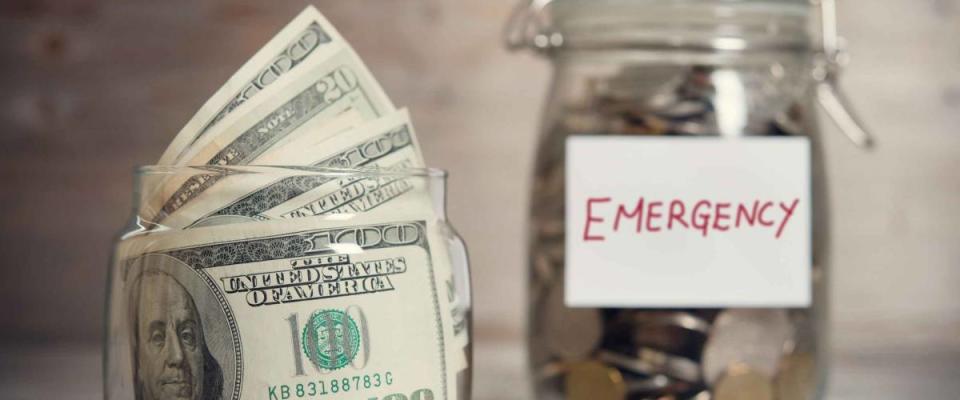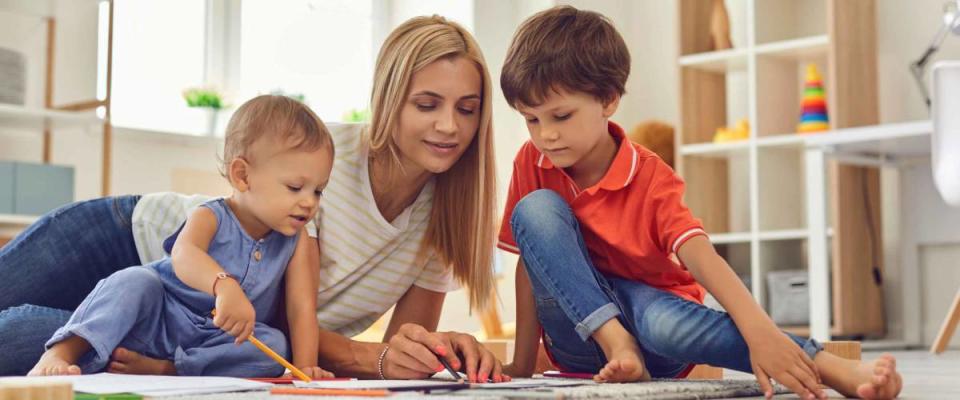Suze Orman says your new child tax credits will be 'a waste' if you don't do this

Starting in July, about 39 million American households will start receiving monthly family stimulus checks.
Based on analysis from the IRS, the checks, which are part of the expanded child tax credit for 2021, will reach about 88% of American children.
For families struggling through the pandemic, this year’s payments promise to lift millions of children out of poverty, according to the Tax Policy Center.
Financial expert Suze Orman has some steps you can follow to make sure your household bills are paid and you can save for the future.
How has the credit changed?

As part of President Joe Biden’s tax relief bill, households earning less than $150,000 (or $75,000 for single-income earners), are set to receive up to $3,600 for each child under 18 years of age this year.
Some higher earners will receive a smaller benefit, with those bringing in between $150,000 and $170,000 (or $75,000 to $95,000 for single earners) getting partial checks.
And everyone earning less than $400,000 (or $200,000 for single parents) will be able to claim the standard amount, which is $2,000.
In addition to granting you up to $1,600 more this year, the new rules mean you won’t have to wait until next spring to get your money.
You’ll start receiving installments in July. For every child in your family under 6, you’ll get $300. And for kids aged 6 to 17, you will receive $250 a month.
You can claim the other half of your fully refundable credit when you file your taxes in 2022.
“These payments are a tremendous opportunity to work on your household’s security,” Suze Orman writes in her blog.
It’s important to have a plan

Orman says it’s important to plan out what you do with this extra infusion of cash.
“If you don’t commit to specific uses now, you and I both know what’s going to happen: The money will just get spent — likely on wants, not needs,” she says. “What a waste that would be.”
If you can, involve your kids in the planning to help teach them lessons about money and budgeting.
Look at needs first

Orman urges you to consider your immediate needs first.
“Even if you have been allowed to stop rent and mortgage payments during the pandemic, there will come a time when those ‘moratoriums’ are lifted,” she wrote. “Saving the money to put toward shelter is obviously worth considering.”
If your housing costs are taken care of, your next priority will be to ensure you’re current on all your utility bills — especially if that means you can avoid taking on large amounts of debt.
For homeowners, you could also consider lowering your monthly mortgage expenses by refinancing your loan. Across the country, 13 million homeowners could save an average $283 a month through a refi, according to mortgage data and technology provider Black Knight.
Build emergency savings

Orman says the pandemic has underlined the importance of having a robust emergency fund.
While she used to recommend three to six months’ worth of expenses, she now urges you to prepare for a full year.
“If you have yet to build up your emergency savings account, the child tax credit payments are an opportunity to make serious progress on reaching that goal,” Orman says.
You should put your money aside in a high-yield savings account where it will grow at a rate of up to 18 times more than your standard savings account.
Another alternative is downloading an investing app that allows you to invest with your “spare change”. With a little time, you can grow your pennies into returns you can use when emergencies pop up.
Stash it away for retirement

Orman says don’t stop planning for the future when you have your safety cushion squared away: “Got the emergency fund built? Congrats. How about saving (more) for retirement?”
Even if it’s decades away, it’s never too soon to start retirement planning to ensure your golden years are worth the wait.
If you’re not sure where to start, budget a little money to consult with a professional financial adviser to make sure your plans line up with your goals for retirement.
Hire help for your own sanity

After that’s settled, Orman says you can turn your attention to right now. Those who are worn out after a year of COVID struggles and want to use the funds to find relief should do just that.
“Moms burned out by the stay-at-home, educate-at-home demands of the pandemic, you are so approved to use payments to hire some help around the house or childcare outside the home as the world reopens — to give yourself some breathing room,” says Orman.
And if you decide you need a little splurge or something fun to reward yourself for getting through this year, be sure to stretch your dollars as much as possible by downloading a free browser extension that scours the web for the best prices and coupons every time you shop online.
Whatever you decide to spend your child tax credit money on, as long as you focus on needs, you’ll soon be financially secure enough to get back to thinking about your wants.

 Yahoo News
Yahoo News 
